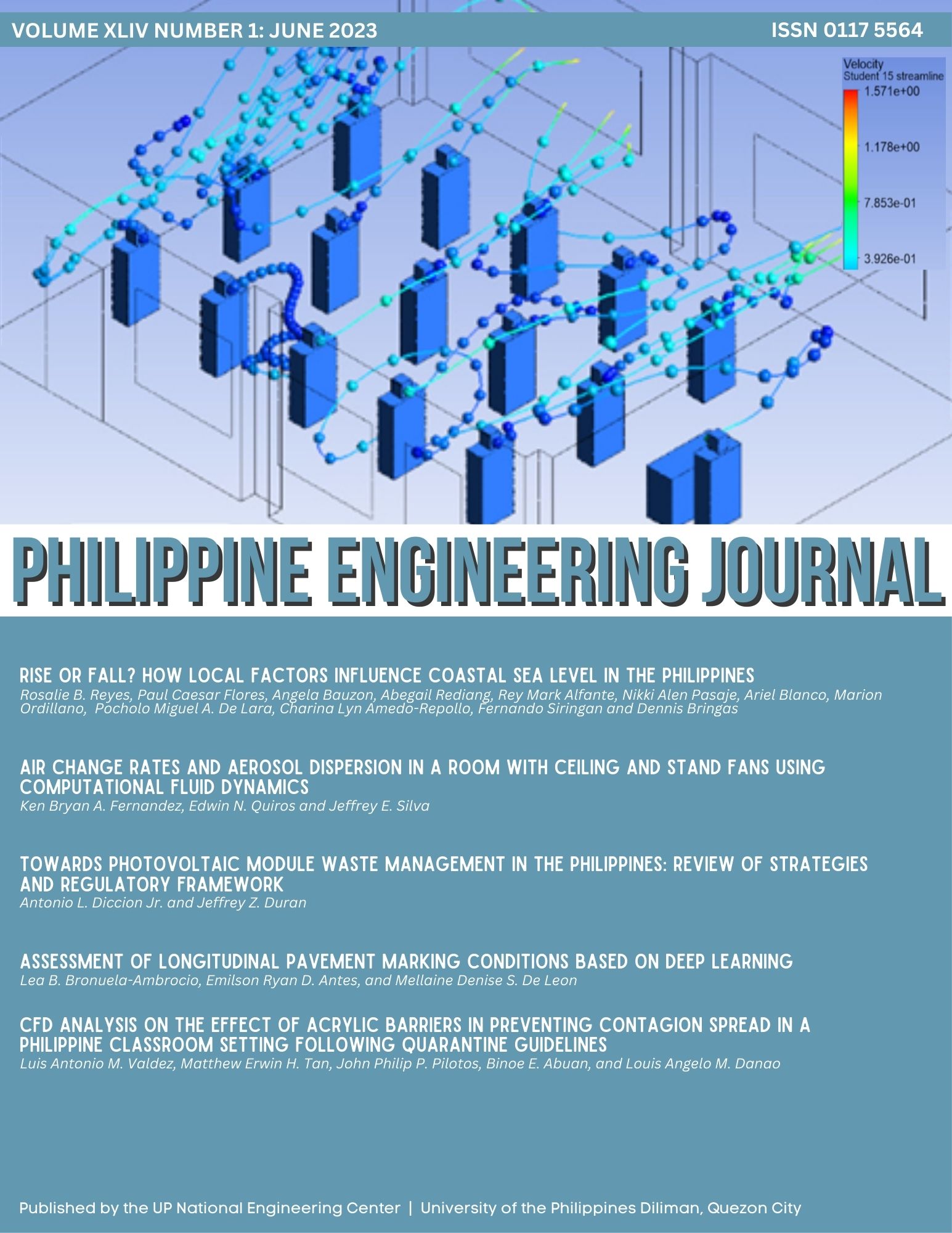Rise Or Fall? How Local Factors Influence Coastal Sea Level in The Philippines
Abstract
The Philippines being an archipelagic country has the fifth longest coastline in the world. Its shores are defined by varying geologic form and composition that defines how sea water could impact its configuration. Being in a tectonically active setting, the country is also affected by ground motion. Specifically, the vertical land motion (VLM) has a significant effect on the observed sea level along the coast. As it is surrounded by large bodies of water, ocean dynamics and climate pattern have also contributed to the variations of sea level. The changing climate altered the global atmospheric pattern that results in varying regional/local effects on the coastal sea level. These local factors are the reasons why sea level varies differently in different places with the global mean sea level (GMSL). This study investigated the coastal sea level trend in 25 out of 50 tide gauge (TG) sites. The observed TG sea level (TGSL) were computed and analyzed for trends. Similarly, sea level trends were also determined from retracked satellite altimeter (SA) products from different satellite missions. The influence of VLM, a non-climatic factor, on the sites were determined using Permanent Scatterer Interferometric Synthetic Aperture Radar (PSInSAR) and validated using data from GNSS (Global Navigation Satellite System) receivers collocated with the TG. The investigation of the occurrence of El Niño was undertaken to explain the computed sea level trend.
Results showed that areas with long period of observations (19 years or more) exhibit an increasing sea level that varies from 1.38 to 13.13 mm/year. However, majority of the TGs that were installed in 2007 and 2008 recorded only 13 and 12 years of observation, respectively. A decreasing sea level trend were observed on said TGs except for those located in Palawan. Similar trends were also observed from sea surface height (SSH) from satellite altimeter. A 0.96 correlation was computed between TGSL and 20 Hz SSH. Investigation showed the strong influence of El Niño during this short period of observation that caused the sea level to fall. The effect of Pacific Decadal Oscillation (PDO) was not analyzed due to limited period of recorded data. The VLM contribution to the observed sea level was determined for 9 sites with collocated GNSS receivers. Most of these sites experienced land subsidence of around -3 to -7 mm/year. The PSInSAR and GNSS VLM rates have a correlation of 0.89. In Manila Bay where sea level rise is accelerating at 13.13 mm/year, one of the contributors is increasing river water loading. However, north of Manila, land subsidence showed 8-12 mm/year rate based on PSInSAR.


